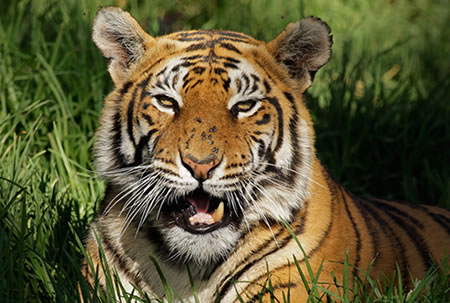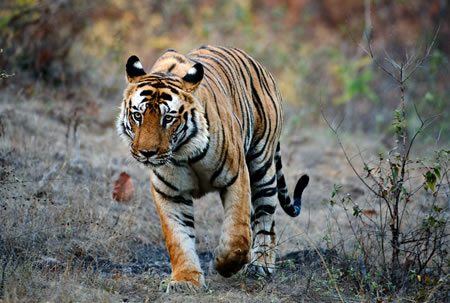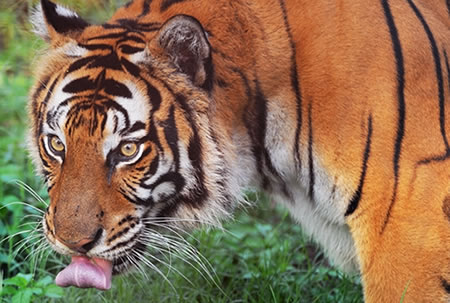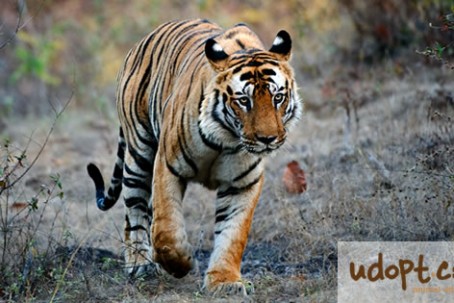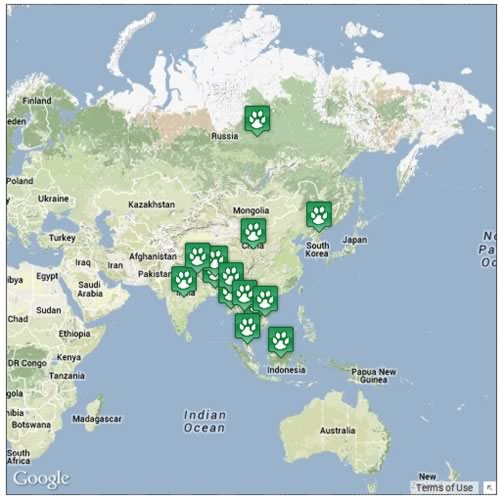Adopt a Tiger
- A cuddly toy of your tiger.
- A factbook all about the tiger along with bookmarks and stickers too.
- A certificate to frame your commitment to the WWF (printed on recycled paper).
- Two exclusive magazines: WWF’s ‘Wild World’ and ‘My Tiger” with news and updates for your adopted animal.
udopt it because
- Tiger populations are down by 95%
- Tigers are loved and respected for being graceful, wise, strong, and independent.
- A personalised book makes a fantastic gift for children.
>> Adopt a Tiger Today
Adopt a Tiger Gallery
WWF Adopt an Animal Information
Since 1961 WWF have been advocating and giving a voice to the animal kingdom. Recognised for their work internationally udopt is proud to feature WWF animal adoptions programmes. Adopt and you will receive a gift pack including a cuddly toy (or a personalised book with a Tiger adoption), a certificate plus lots more. You'll also get regular updates throughout the year.
https://wwf.org.uk/UK Registered Charity Number 1081247
Delivery information
By Post :
FREE Delivery Your gift pack will be delivered within the UK FREE of charge. Your package will be sent out within 2 business days, but please allow up to 5 days for delivery.
Last Minute Gift? :
Left it until the last minute? The good news is you can still receive a gift certificate to print or email up to the big day! You will then receive the gift pack within 10 days of ordering!
Did you know?
- A tiger’s fur is instantly recognisable in colour, but did you know that these bright colours actually serve as camouflage when hunting and hiding under the forest canopy.
- The tiger’s leap is the stuff of legends, and when chasing down prey it can leap more than 30 feet in a single bound.
- A tiger doesn’t just eat the big animals as seen in television documentaries – it also enjoys snacking on fish, frogs and other small animals.
- While hunting initially brought down the tigers numbers, it’s farming on the land a tiger calls home that is driving away their food supply and making daily life such an incredible challenge.


